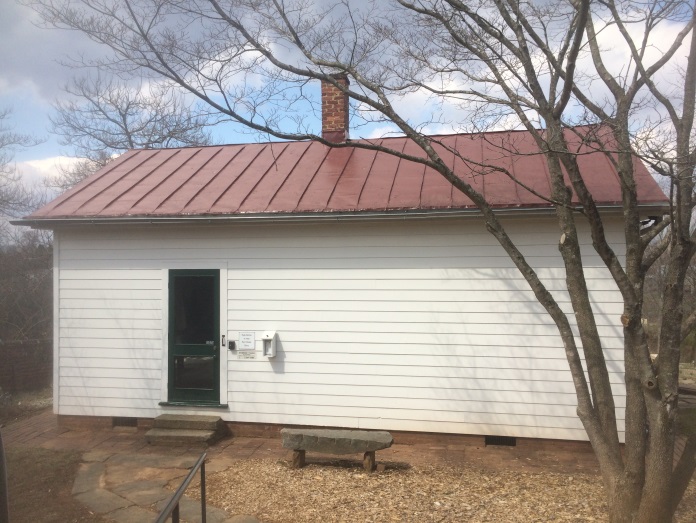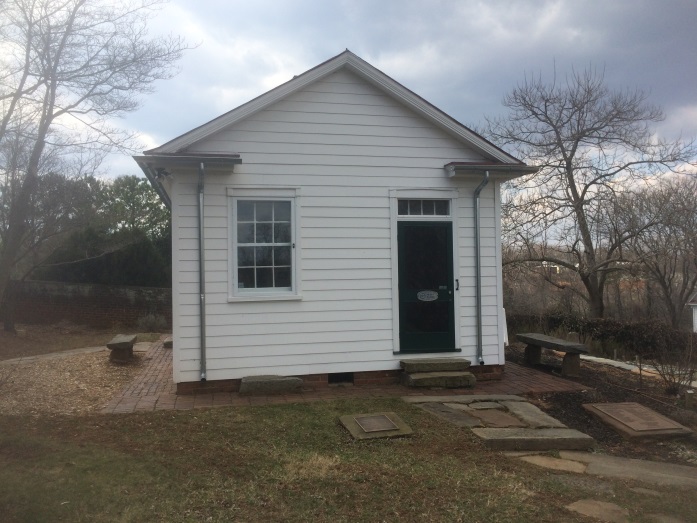Old City Cemetery’s Civil War Past
A portion of the Confederate Section at Old City Cemetery
The Old City Cemetery opened in 1806 and approximately 20,000 people are buried in the cemetery. During the Civil War the cemetery served more than one purpose. As you would expect it was the final burial ground for over 2200 Confederate soldiers. That number also includes Union soldiers who died in local hospitals and are buried alongside the Confederates. The Union soldiers were later removed and sent to another cemetery near Norfolk, Virginia. Most of the Confederate soldiers buried here died in one of Lynchburg’s many hospitals. The soldiers come from fourteen different states. George A. Diuguid was the undertaker in Lynchburg and handled over 2700 of the deaths during the Civil War. Diuguid kept detailed records not only of the individuals buried in the cemetery, but those sent to another cemetery. Thanks to those records, tombstones were placed in the correct places years later allowing soldiers to be remembered.
The second use of the cemetery was that it housed the Pest House. The Pest House, short for House of Pestilence, was used to quarantine Confederate soldiers during the war. Dr. John Jay Terrell was in charge of the Pest House during this time. The Sisters of Charity nurses also volunteered in the Pest House with Dr. Terrell. Before he arrived, the building smelled of death and disease. Whiskey was given to the patients as a pain reliever but most of the patients died anyway. Once Dr. Terrell took over he got rid of the whiskey, repainted the inside to help patient’s eyes, and put sand on the floor and barrels of linseed oil and limewater to help with the odor. As a result of his efforts the mortality rate of the Pest House went from around fifty percent to five percent. During the war 101 soldiers and 3 slaves died in the Pest House. After the war Dr. Terrell continued to see patients in his office located in the Pest House. The Pest House you see today was Dr. Terrell’s medical office moved to the cemetery in the late 1980s from Campbell County and restored to that era.
Besides helping people, Dr. Terrell also helped animals, specifically horses and mules—the third role of the cemetery during the war. Horses and mules were important during the war for various reasons. Lynchburg kept thousands of horses and mules in the Quartermaster’s stables. A glanders epidemic swept through Lynchburg which resulted in thousands of horses dying or becoming unable to serve. Dr. Terrell and Dr. John R. Page, another physician working in the local hospitals, were assigned the task of researching the disease. Research was done in a quarantined stable behind the Pest House. Their research and experiments determined glanders, a disease that caused respiratory issues, was a virus passed at watering troughs and in crowded, unhealthy stables. The only way to control the disease was prevention. Prevention meant uncrowded, ventilated, sanitized stables with no communal watering troughs, along with a healthy diet and destroying infected animals. Drs. Terrell and Page became pioneers in veterinary medicine.
Dr. John Jay Terrell
Written by Taylor McPeake, staff Lynchburg Museum System




